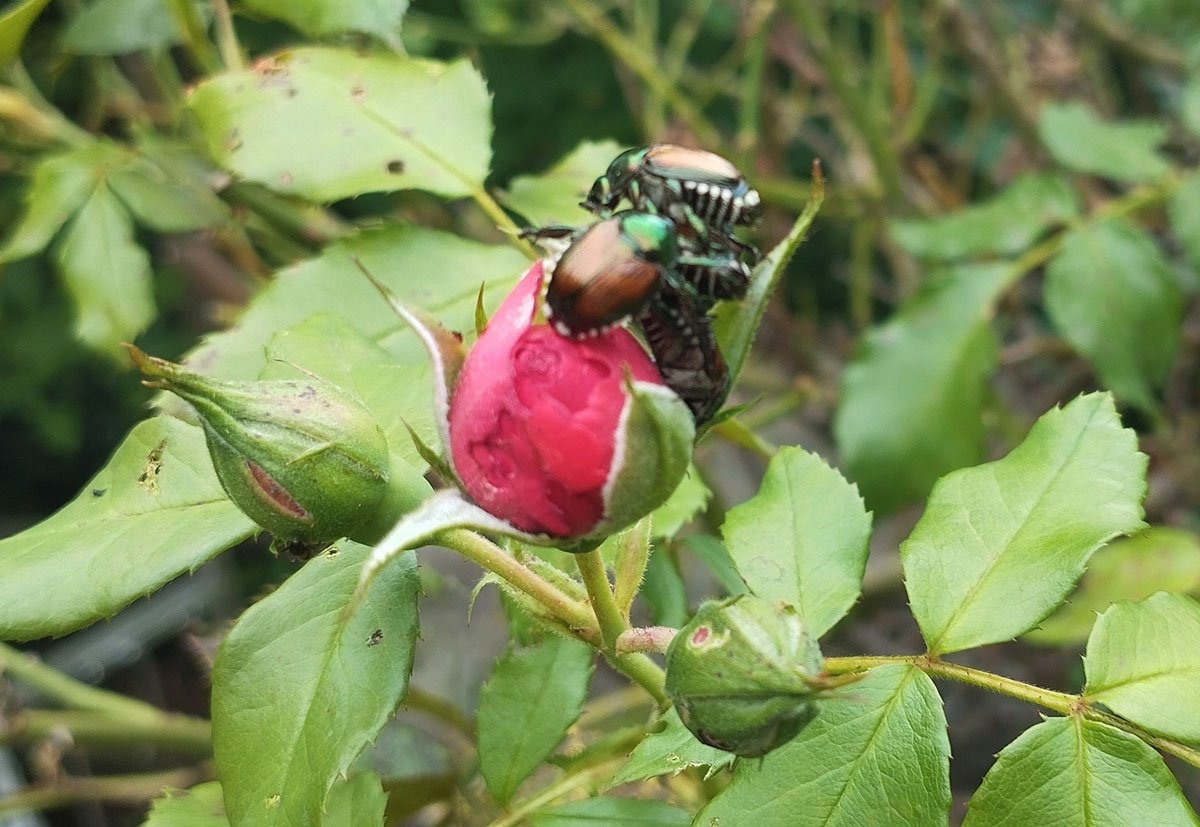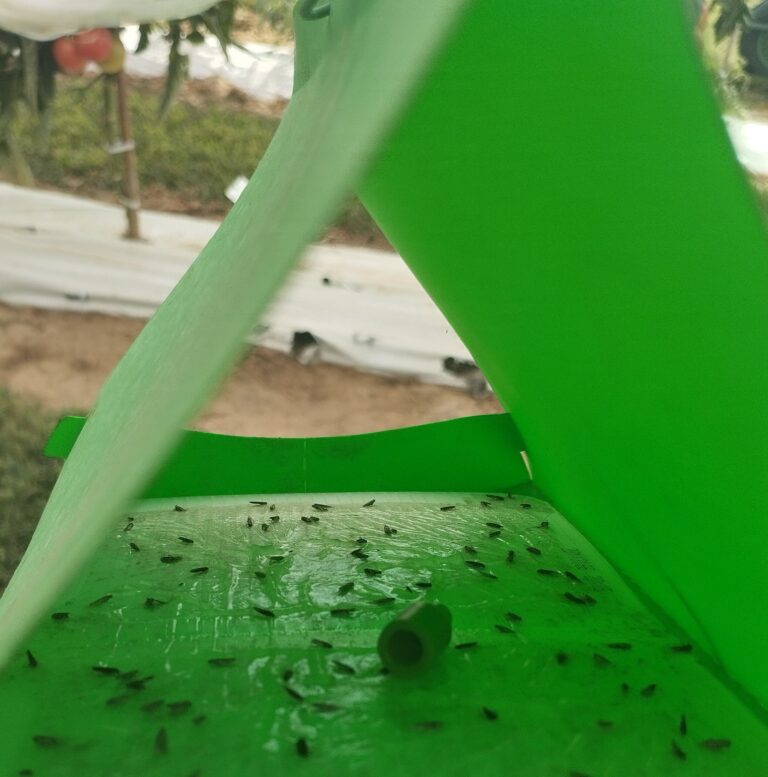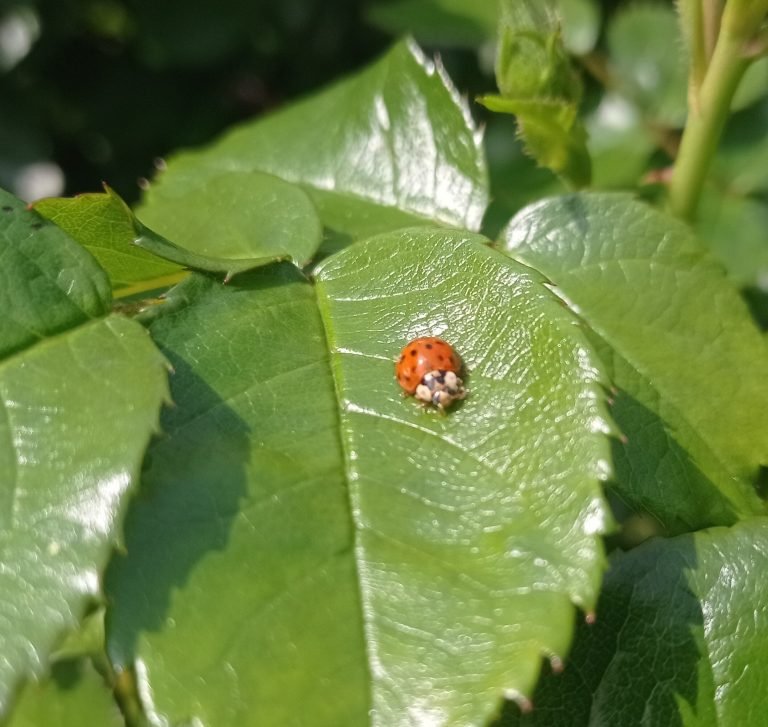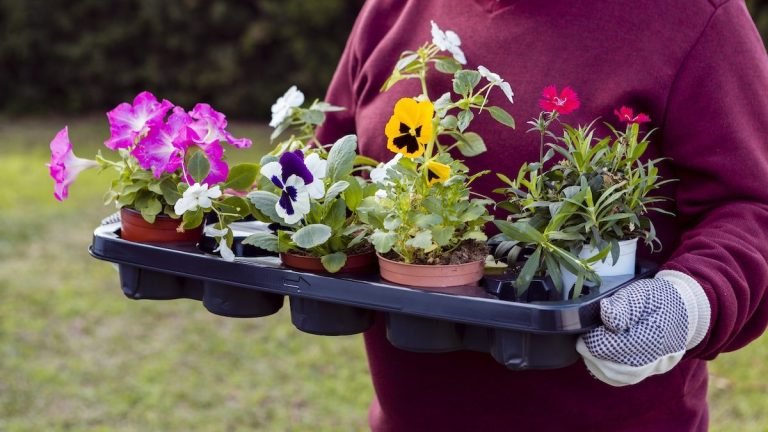Introduced to the United States from Asia (Japan) is in Italy since 2014 a new scarab beetle, a priority quarantine pest for the European Union. The adult is green on the head, copper-coloured on the elytra; 8-12 mm in length, it is distinguished from other local species by the very distinct white spots, also visible on the back, on the sides of the abdomen, formed by tufts of white hair.
The egg is whitish, ovoid, about 1.5 mm in diameter. When mature it becomes spherical and doubles in size. The larva is whitish with a reddish brown head, cylindrical, C-shaped, 20-25 mm long when mature. The pupa forms in the soil in a cell, is cream colored, then dark green.
As with many beetles, the young larvae feed on the roots of grass species and organic material, until late autumn. They start feeding again in spring, then they become pupae and after 1-3 weeks become adults. In summer season, therefore, the adult forms prevail. The adults feed on leaves, they are very gregarious, in very large populations. Their high level of voracity can often cause the complete defoliation of many species: from the blackberry to the rose, to fruit trees, corn, soy, vine, and many other wild species.
Knowing the insect’s biological cycle, or rather the moment in which the different stages of development are most likely found: egg, larva, pupa, adult, allows us to program the defense and management plan in the right moment.
Some active ingredients currently registered on Popilia j. are in fact effective on the juvenile forms, or larvae, others on the adult stage. In this regard the entomopathogenic nematode Heterorhabditis bacteriophora, which is found on the market under various names, commercial products are effective on young larvae. In this case, we can treat the soil, at the dose recommended on the label and with sufficient volume of water, remembering that nematodes move on the water film, so it is necessary to keep the soil moist for a few days after treatment.
For adults, pyrethrum and other insecticides registered for beetles, are effective. In this case we have to treat the foliage or the surface of the lawn.
For small infestations in private gardens, it may be sufficient to manually collect the adults and immerse them in buckets of soap and water; another preventive method consists in use of insect nets. Due to the high diffusion of this beetle, detailed instructions are available by consulting the website of the Regional Plant Health Services, which provide all directions for managing this insect.




